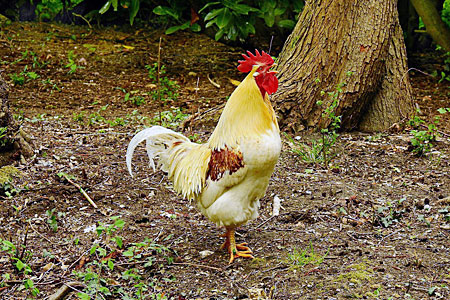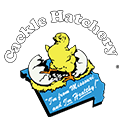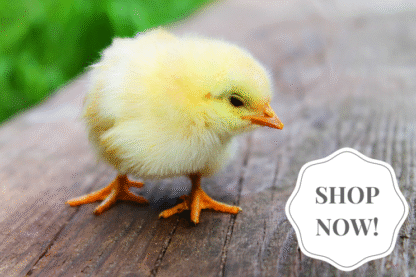
Testosterone is generally considered to be a male hormone. But hens also produce testosterone. In fact, without testosterone hens wouldn’t lay eggs. Here’s a short version of how testosterone works in chickens.
Testosterone in Roosters
The best known androgen steroid, testosterone is responsible for why a rooster crows but a hen doesn’t. Testosterone is also the primary hormone that contributes to the rooster’s sexual development, some of his secondary sexual characteristics, his courtship displays, and his aggressive behavior.
The rooster’s reproductive system consists of internal testicles, sperm ducts, and the cloaca. The testicles produce testosterone, among other hormones, and sperm. The larger a rooster’s testicles, the greater his reproductive potential.
The sperm ducts store sperm and transport it to the cloaca as needed. During mating, the rooster’s cloaca briefly “kisses” the hen’s cloaca, transferring sperm to fertilize the hen’s eggs.
Testosterone Levels
Testosterone increases as a rooster matures. It is responsible for the development of the rooster’s muscle mass, large comb and wattles, vivid plumage, long tail feathers, and spurs. These traits are indicators of the rooster’s vigor. As the rooster begins to assert dominance, crowing kicks in.
A maturing rooster seems to become aggressive as he learns to identify threats, such as an approaching predator or a rival rooster. During this time he may confuse what is a real threat and what he perceives as a threat, giving the appearance of being suddenly aggressive.
At the same time he is also establishing his position in pecking order. In later stages of development he may challenge any older rooster that is present in the flock.
A mature rooster’s testosterone levels change throughout the day, being highest in the morning and evening. Those are the periods when he is the most vigilant against potential threats. Unaware flock keepers, however, may interpret his fluctuating behavior as being unpredictable.
Testosterone also changes seasonally. Testicles shrink in winter and expand in spring and summer, when chickens need testosterone for reproduction. The rooster then crows more often, exhibits increased mating behavior, and becomes more territorial and more protective. These admirable traits are too often viewed as aggression.
Testosterone in Hens
Hens also produce testosterone, synthesizing it in their ovaries and adrenal glands. But hens don’t produce nearly as much testosterone as roosters. And some of their testosterone may metabolize into estrogen.
Testosterone is one of the hormones that influences the development of eggs. It also somewhat influences a hen’s social behavior. A greater level of testosterone relates to hen’s higher position in the pecking order. And sometimes a hen, particularly where the flock lacks a rooster, may mount other hens as if mating.
However, environmental stress and aging, as well as such health issues as ovarian cysts, can lead to an increase in testosterone from the adrenal glands. As a result of this hormonal imbalance the hen may develop greater rooster-like characteristics, including increased bullying of other chickens, development of spurs, and suppressed egg laying.
In hens, as well as roosters, testosterone plays a role in the bird’s development, behavior, and reproductive success. Understanding how testosterone works in chickens, as well as how and why the hormone’s levels change, lets us better understand why chickens behave the way they do.
Helpful Links
5 Reasons to Keep a Rooster, and 5 Reasons Not to
Can You Stop a Rooster from Crowing?
And that’s today’s news from the Cackle Coop.
Gail Damerow has written numerous books about keeping poultry, many of them available from the Cackle Bookstore.

